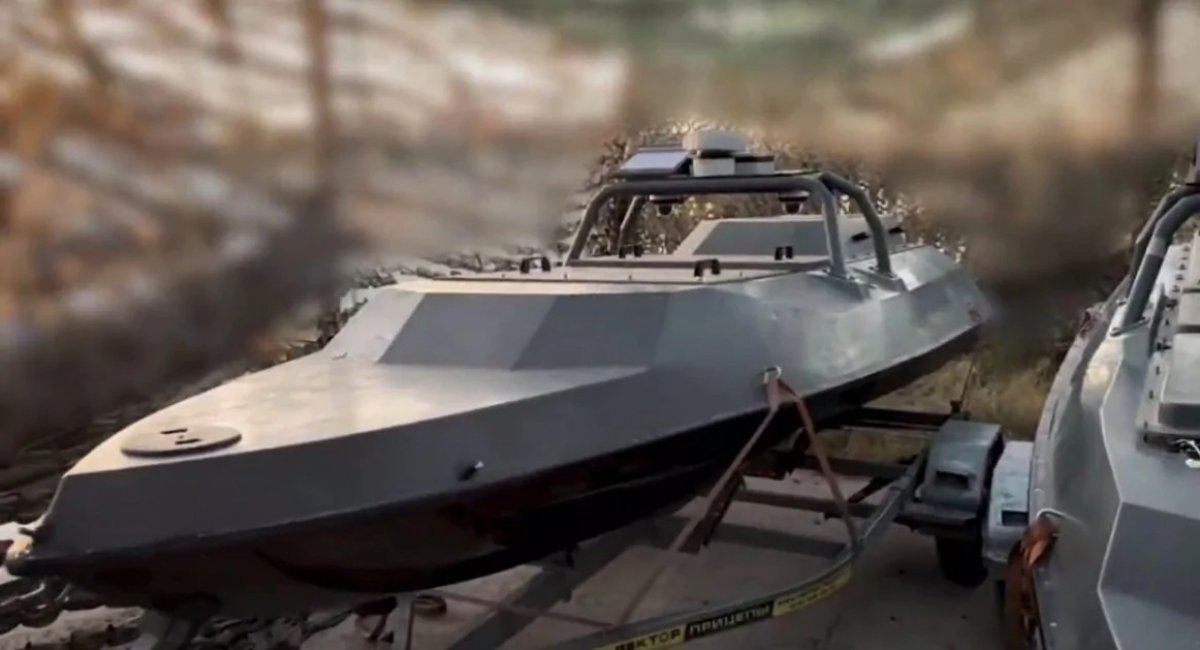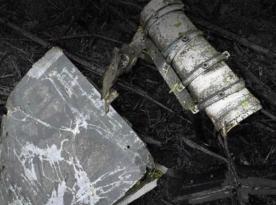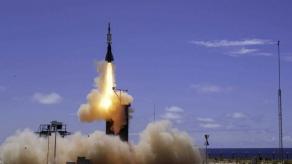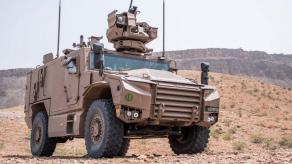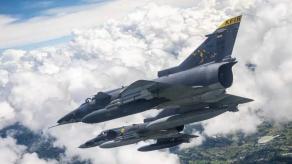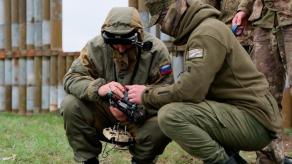During the July Storm naval exercises, russian forces publicly demonstrated the use of their kamikaze naval drones for the first time in the Baltic Sea. As part of the exercise, a target ship was destroyed, which clearly had a psychological impact.
According to media reports citing communications expert Serhii Flesh, the system involved may be developed by the Rubikon Center for Prospective Unmanned Technologies. The aggressor state is allegedly aiming to develop the capability to launch up to 400 kamikaze boats per day against Ukraine’s maritime infrastructure.
Read more: A Closer Look at Katran, russia's "Own" Naval Drone
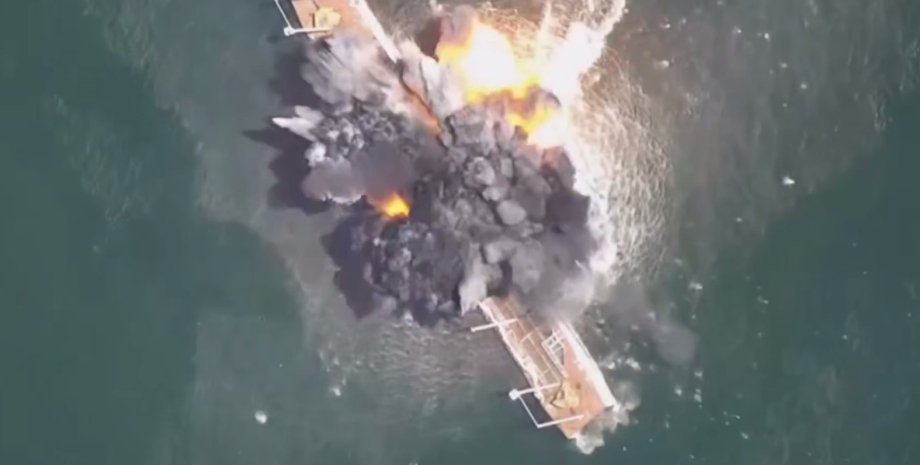
In this context, a key question arises: does russia truly possess such extensive unmanned naval capabilities? And more importantly — can these capabilities be scaled for use in the Black Sea, specifically against Ukraine?
We can refer to a recent Naval News article authored by Frederik Van Lokeren, a retired lieutenant of the Belgian Navy. The article includes an infographic by H. I. Sutton, which shows that russia already possesses seven types of naval drones, each designed for different operational roles.
In summary, the article assesses that if the Kremlin decides to initiate aggression against NATO countries, it could use these naval drones to strike the Alliance’s maritime supply lines, without relying on its conventional surface fleet.
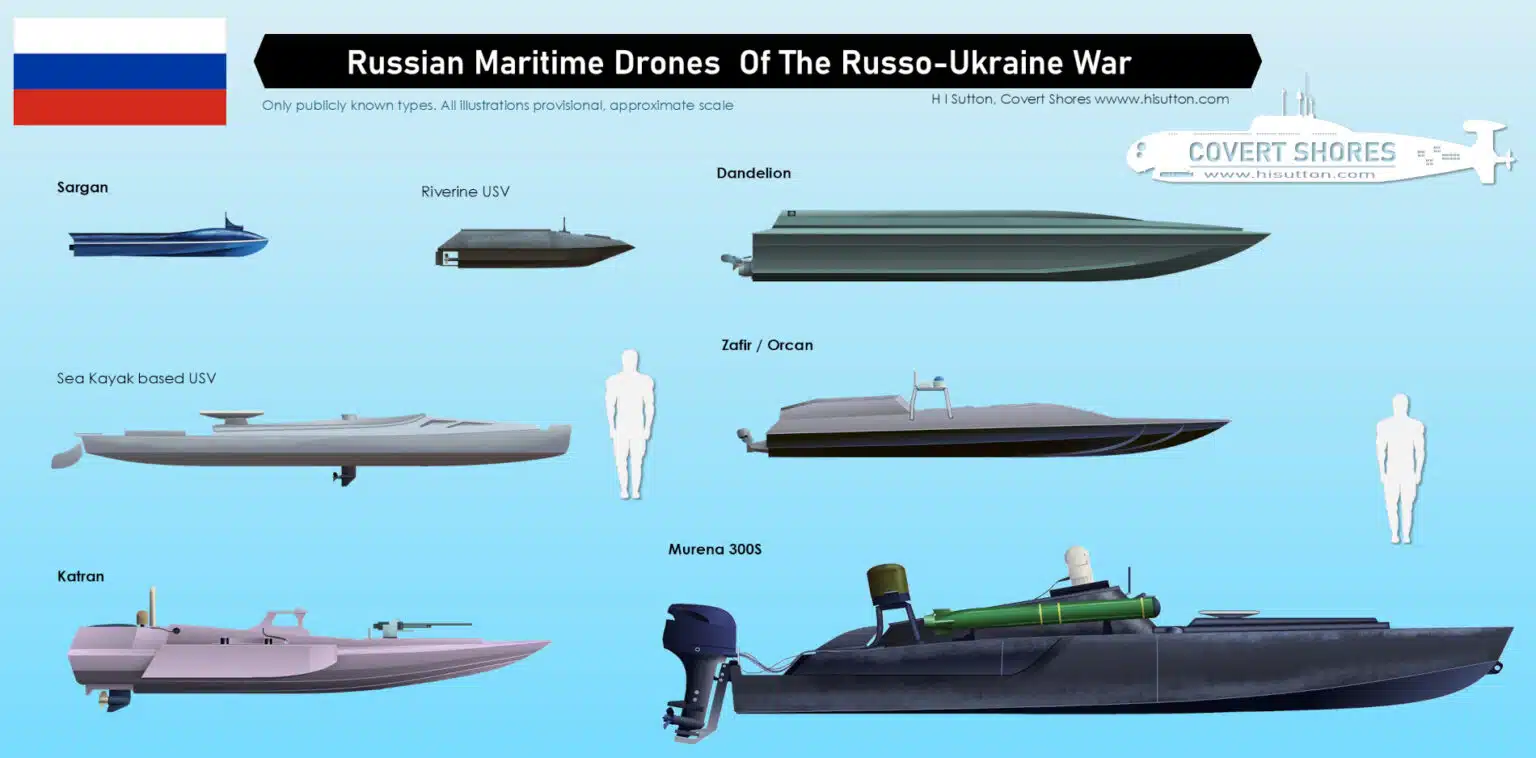
The analysis suggests that russia's Baltic Fleet is still relatively powerful but based in geographically vulnerable areas such as the Kaliningrad exclave and Saint Petersburg, both of which could be isolated through conventional military means. However, the use of naval drones could help russia overcome this isolation, particularly through mass deployment.
Furthermore, the distance from the Kaliningrad region to the Danish Straits, NATO’s strategic chokepoint for controlling the Baltic Sea, is only 600–700 kilometers. This proximity grants russia potentially dangerous capabilities in the event of a broader conflict with NATO.
In such a scenario, potential targets would include civilian maritime logistics, coastal infrastructure, and naval forces of NATO member states.
Defense Express emphasizes that the Naval News article is one of several recent assessments evaluating russia’s potential use of naval drones in a future war against the West. We hypothesize that russia is likely expanding the production of kamikaze boats not only for its ongoing war against Ukraine, but also for potential future actions against NATO.
Read more: To Surpass NATO by a Factor of 12, russia Would Have to Produce 20.5 Million Shells per Year, But Reality Is More Complicated




